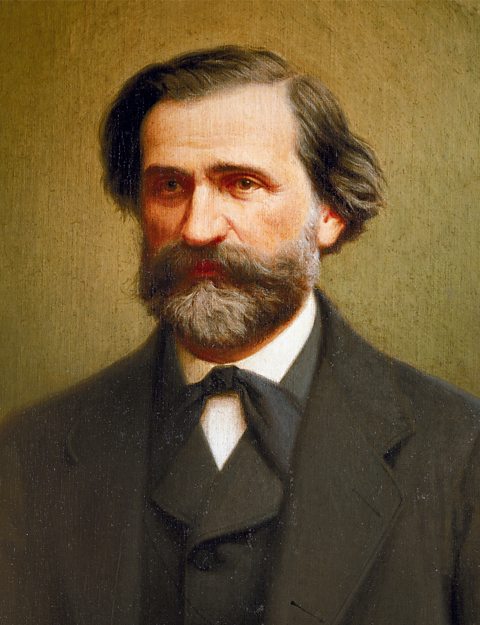Verdi and the Requiem
Giuseppe Verdi

Born in 1813, Giuseppe Verdi was an Italian opera composer during the Romantic period1825 - 1900. . As a child, Verdi received much of his musical training through the local church near Bussetto. After completing his studies, Verdi moved to Milan and began to establish himself as a musician, director and composer. In 1839, his first opera Oberto was premiered in Italy’s most prestigious theatre, La Scala.
During his lifetime, Verdi composed over 25 operas and a number of sacred works for voices and orchestraA large ensemble made up of different instrument families. . One of his most famous sacred works is the Requiem Mass in D minor. Composed in 1874 and performed a year later in Milan, the Requiem consists of four soloists, full choir and large orchestra.
The Requiem
A requiem is a massA religious composition to be sung by a choir. for the dead and would have been performed at a funeral service. Requiems omit parts of a traditional mass that are deemed too joyful such as the Gloria and Credo. Instead, they are replaced with more emotional and solemn sections such as the Requiem Aeternam (Eternal Rest), the Dies Irae (Day of Wrath) and the Pie Jesu (Merciful Jesus).
Although requiems had been composed in the Classical period1750 - 1825. , they became popular in the Romantic period and were often performed at concerts rather than in church services. The Romantic period saw the size of the orchestra expand significantly. This allowed composers to write music which was very dramatic and emotional. The Dies Irae is a section from and was first performed at the church of San Marco in Milan in 1874.